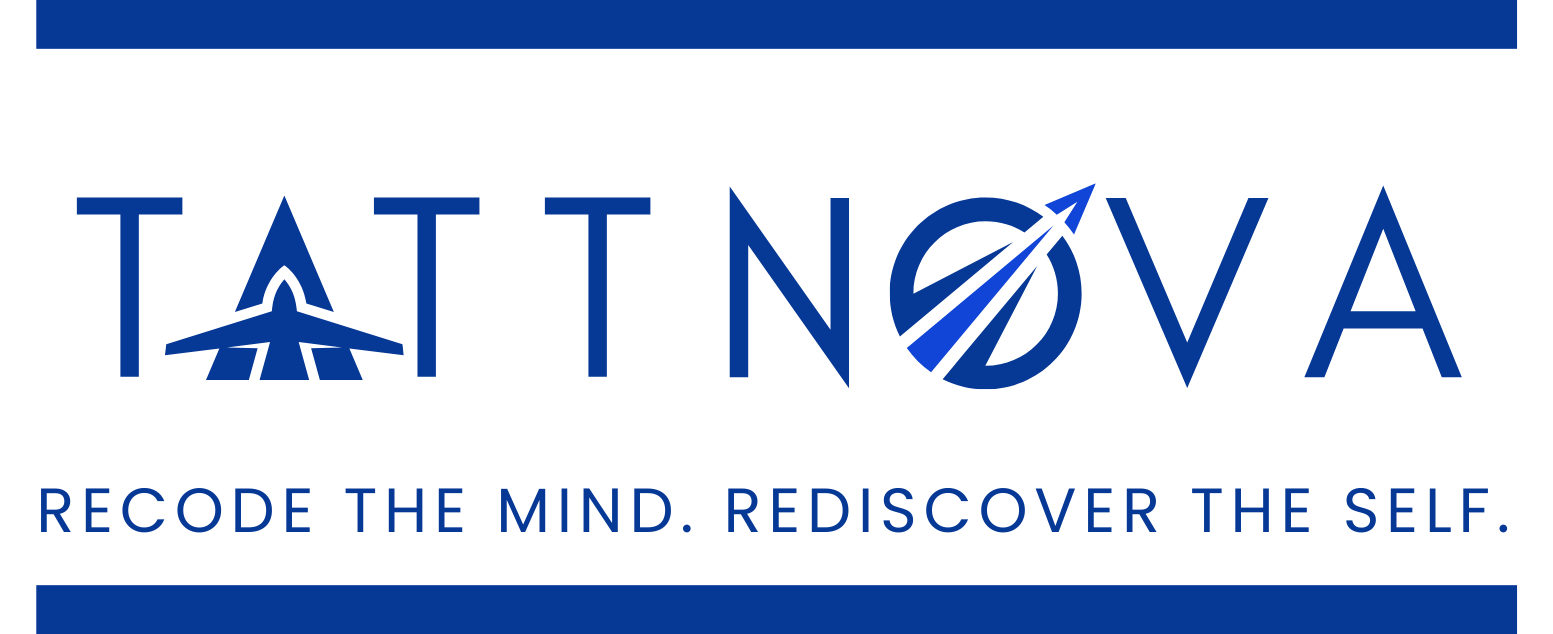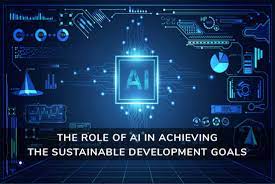In the rush to adopt artificial intelligence, many companies treat AI as a sprint—deploying chatbots, automating routine reports, or integrating isolated tools. But the organizations that will thrive in the next decade are those that understand AI is not a short-term play. Sustainable growth through AI requires a long-game mindset: one rooted in strategic alignment, cultural readiness, and value-driven integration.
Beyond the Hype: From Quick Fixes to Core Capabilities
The temptation to pursue AI as a series of isolated projects often leads to fragmented impact. True transformation begins when leaders shift the question from “What can we automate?” to “What can we intelligently enhance?”
Strategic integration starts by identifying critical business functions that can benefit from AI augmentation—be it supply chain optimization, customer engagement, product personalization, or risk management. However, success depends on embedding AI into the organization’s strategic fabric, not just its toolset.
This requires building a unified data ecosystem, breaking down silos, and investing in governance structures that ensure responsible AI use. AI must support—not sidestep—security, compliance, and ethical accountability.
Culture is the Cornerstone
Strategy without culture is like code without context. For AI to drive long-term value, organizations must foster a culture that embraces experimentation, learning, and adaptability. This means upskilling teams, embedding AI literacy across departments, and promoting a mindset that sees machines as collaborators, not competitors.
Leaders must champion a culture of digital curiosity—where employees feel safe to explore, fail, and iterate. Change management and communication are just as important as technical deployment. The goal is not just adoption, but belief.
Cross-Functional Collaboration
AI doesn’t live in IT alone. It must be co-owned by business, technology, data, and operations teams. Winning the AI long game requires cross-functional collaboration that breaks down walls between departments and encourages co-creation.
Whether it’s aligning marketing and data science to improve customer insights or partnering HR with analytics teams to enhance employee experience, every AI initiative should be designed with end-to-end value in mind.
The Human Advantage
Despite the computational power of AI, the human touch remains irreplaceable. The future of work is not a battle between people and machines, but a collaboration between them. Humans bring creativity, judgment, and empathy—qualities that AI amplifies but cannot replicate.
Organizations must focus on how AI can enhance human potential. From decision-support systems that enable smarter choices to automation that frees up time for strategic thinking, AI should elevate the workforce, not replace it.
AI as a Strategic Compass
When implemented thoughtfully, AI becomes more than just a tool—it becomes a strategic compass that guides innovation, resilience, and long-term adaptability. It helps organizations sense shifts in customer behavior, model future scenarios, and make proactive, data-informed decisions.
This level of integration transforms AI from a project to a capability. And in doing so, it enables organizations to scale innovation sustainably—not in bursts, but in waves.
Conclusion: Think Marathon, Not Sprint
The companies that win the AI race won’t be the ones that moved first—they’ll be the ones that moved with clarity, alignment, and purpose. They’ll treat AI not as a plug-in solution, but as an evolving capability woven into every layer of strategy, culture, and value creation.
In the long game of AI, success belongs to those who think beyond automation—who build for resilience, co-create with their people, and embed intelligence not just into systems, but into the soul of the organization.





